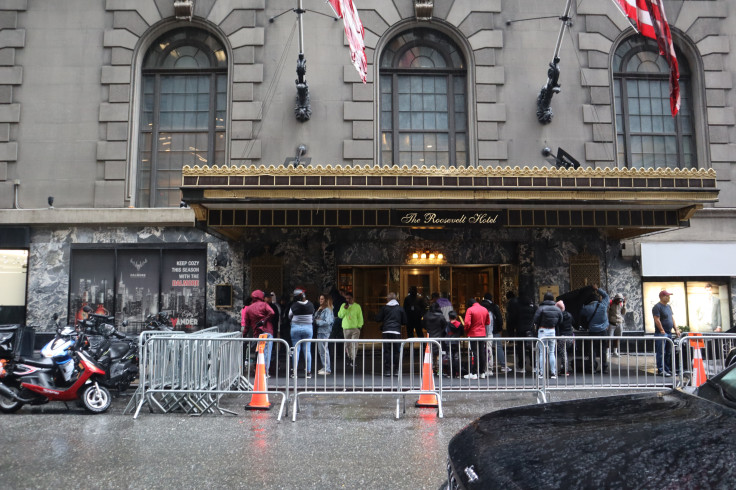
There are currently around 65,000 migrants under New York City's care and the ensuing strain on resources has had different effects on this population. A month after a report found that lower-income neighborhoods are harboring most of the city's migrant shelters, causing residents to complain about the cost it has on their communities, new information has arisen revealing that the effects of the challenge are being felt on the streets and parks as well.
The New York Times reports that a growing number of asylum seekers are deciding to sleep outdoors, with many leaving shelters due to their remote locations or out of concerns about safety and living conditions in crowded facilities. Many others have also been expelled after the city began imposing stricter time limits on stays.
"The emerging clusters of unsheltered migrants may be an indicator that two of the city's most vexing challenges — a two-year influx of migrants and the longstanding issue of street homelessness — are becoming intertwined," reads a passage of the report.
One of the biggest tent encampments is located on Randall's island and currently houses over 3,000 migrants. "Here we all take care of each other," said Estefanía Cevallos, a migrant who's spent a month in this location in a tent with five other Latin American migrants. "It's not what we expected, but it's part of the process."
New York City has been at the forefront of the migrant crisis since early 2022, with more than 200,000 displaced individuals passing through its shelter system. In response, the city altered its legal obligation to provide shelter, implementing time restrictions for adult migrants. However, those who have applied for asylum or temporary protective status remain entitled to shelter, often for extended periods due to the lengthy legal process.
Housing is not the only issue the city faces during the crisis. Mayor Eric Adams' administration has made efforts to help asylum seekers connect with jobs and even provided many of them prepaid debit cards, arguing that the solution is much cheaper than giving food to migrants. Nevertheless, the dimension of the problem represents a huge financial weight as the city has spent $1.45 billion in fiscal year 2023 and estimates spending $12 billion more through fiscal year 2025.
© 2025 Latin Times. All rights reserved. Do not reproduce without permission.





